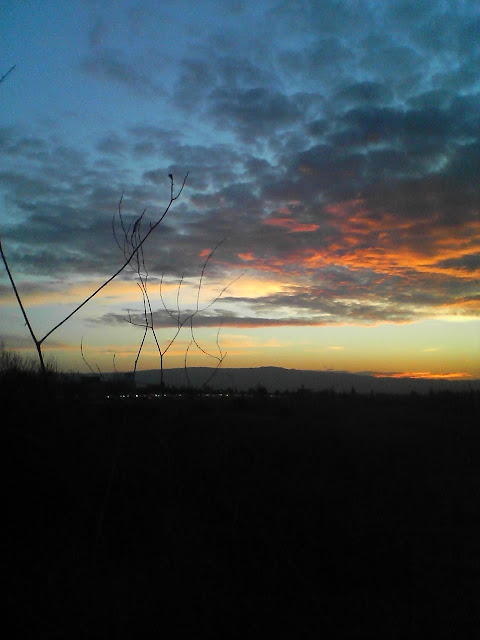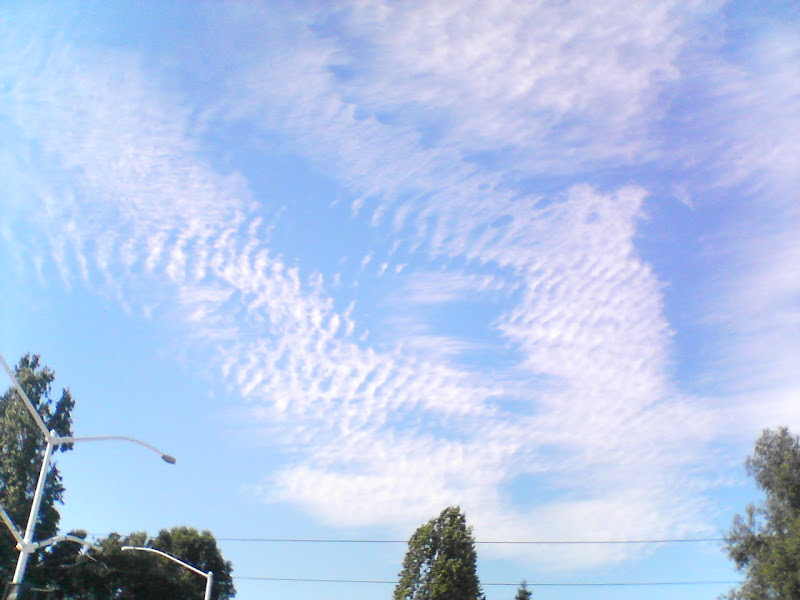
The above are "my" cameras. Of course being born in 1968 you know I was not shooting from day 1, but almost.
The first is a Kodak Instamatic 104. This was my mums camera. I believe her 21st birthday present. It served well as the families only camera for years. It was used almost exclusively for slide until the late 70's, when colour print became more cost effective/available. I used this camera on my first field trip with school. It took 126 film cartridges, and a 4 shot magnesium cube flash with mechanical ignition. The flash mechanism included auto advance on winding, and would also slow the shutter by mechanically adjusting the tension on the spring. The shutter was a simple shutter which opened then closed across the lens. Its travel was far and fast enough that opposite corners were apparently evenly exposed. This camera was last used on a trip to CA in 1995, shortly after that we could not find cartridges anymore.
The second camera was a Halina 110 cartridge. camera. This was a christmas present when I was about 9. It saw me around Scotland, Wales and France. I was initially excited about the compact form factor, the electronic flash, and the telephoto lens. After seeing enlargements I returned to 126, buying myself a second Instamatic.
Third camera, my very own Kodak Instamatic 100. Bought in a car boot sale for a quid. Unlike the 104, this had an electrical one time flash. The reflector pulls up, and you pop in a bulb. The 24mm 126 format gave reasonable enlargements, and its forgiving lens performed admirable on anything more than 3ft away.
So I went on a photo field trip to Portmerrion (The Prisoner) with my high school friend Simon. He brought two SLRs and a handful of lenses. He lent me his Ricoh for the day. It was great to have so much control. We had a few bonuses that day, the RAF practicing a water rescue in a Sea King 100yds from us, and a "6 of 1" convention meet in the estate, with re-enactments of the TV show "The Prisoner" happening all around us. The result was...
My Ricoh XR-P. A PK-P mount lens system (actually RK-P), with a Cobra flash which mechanically did not fit the hot shoe (as I finally worked out 10 years later). The Ricoh took care of most the math. Built in light meters, DX coded film and curve fitting for fastest shutter, greatest depth of field, or general. Manual focus, but with nice focus aids, and good clear indicators in the viewfinder, including idiot guides warning of over or under exposure. A great learners camera. The Ricoh died half way across the North Sea during a helicopter flight to an oil rig. The cost of repair was prohibitive so I bought a Pentax P30.

This Reliant Robin was photographed using the Ricoh. I scanned the negative and scaled it to fit on my
Livespace blog.
The Pentax P30, PKP mount, so I salvaged my two lenses from my Ricoh. What can I say about this? If the Ricoh was a Camry, this was a Yugo. It did the job, but was missing so many of the features I came to expect from the Ricoh. So, I fixed the Ricoh, and travelled with a color and B&W body for a year or three.
The Ricoh started ailing and aging, as did the Pentax. We also had a baby in the house, so I bought my wife an Olympus Stylus, which was a great camera. Sure, no filters would fit on it, but it did give my Pentax a run for its money, ease of use, built in flash, autofocus etc. So the Olympus started to dominate as the main camera. 35 mm, slips in the pocket, and no bag of lenses to tote around.
Of course, this didn't work for me, so I ended up with a new consumer level Pentax body. The ZX-L. It had everything I wanted, I got an auto focus lens, but carried on using my longer lens from the Ricoh. Trouble is, auto focus cameras don't have focus aids in the screen, and I screwed up some interesting shots. Film was becoming more expensive, and I had two young photographers recording everything in the house (carpet, curtain, 20 photos of favourite toy), so I went to Frys and got a bargain on a 4MP Kodak DX7440.
These mushrooms were taken with the ZX-L, on Kodachrome 200, then scanned using a Nikon Coolpix 5000 scanner.

The DX 7440 is a great camera for family. It comes with a printer/charger dock. Part of Kodaks EasyShare. Kodak really do know consumer cameras. We then got a 2X teleconverter for it. This gave an over the lens screw mount for attachments. I found a 38mm to 50mm step up ring, and now I can put all my filters from my SLR onto it. I also got a fresh set of close ups for it from Sunpak. Why do I need an SLR now? The only three things lacking are Manual Focus for close up work, and an off body flash. The latter we get around by using a couple of halogen desk lamps. These are reasonable studio lights for close up work, a little harsh maybe, but distance can accommodate that, and white balance can correct for it also.
The Chester slide show is from my DX7440. As is
this collection from my last UK trip
The last camera is my cellphone. It is an LG VX9800, branded for Verizon as "The V". With a 2GB Mini SD card, and a lens with "flower" "mtn" adjust it is adequet for snapping some things. Generally the sort of thing you may blog like "gee I saw a white UPS truck" or for showing those back home what you are looking at in the grocery store. "Is this what you want dear?". The two
skies below are from my cell phone.


What's next? A digital SLR, an RGBA or RGBW LED ring light, and close up, macro attachments, lighting tent/diffuser, and that software I was recommended for building deeper depth of field from several images of the same subject. I would probably get a low end stereoscopic lens too.
Update:-I just added two 126 photos to this blog. They were taken with one of the Instamatics listed ablove



